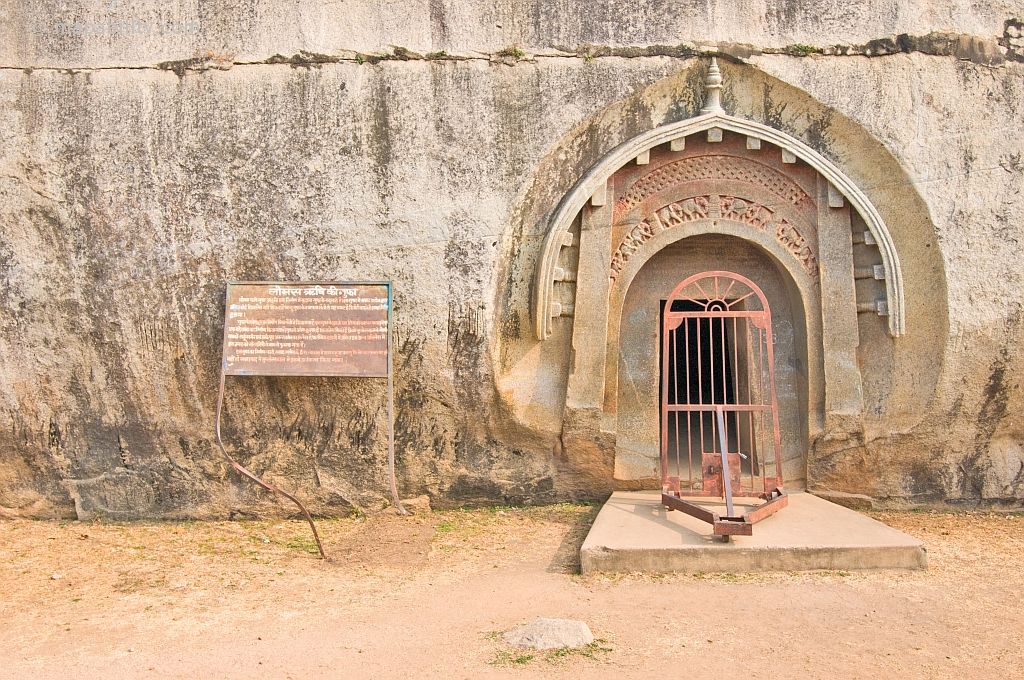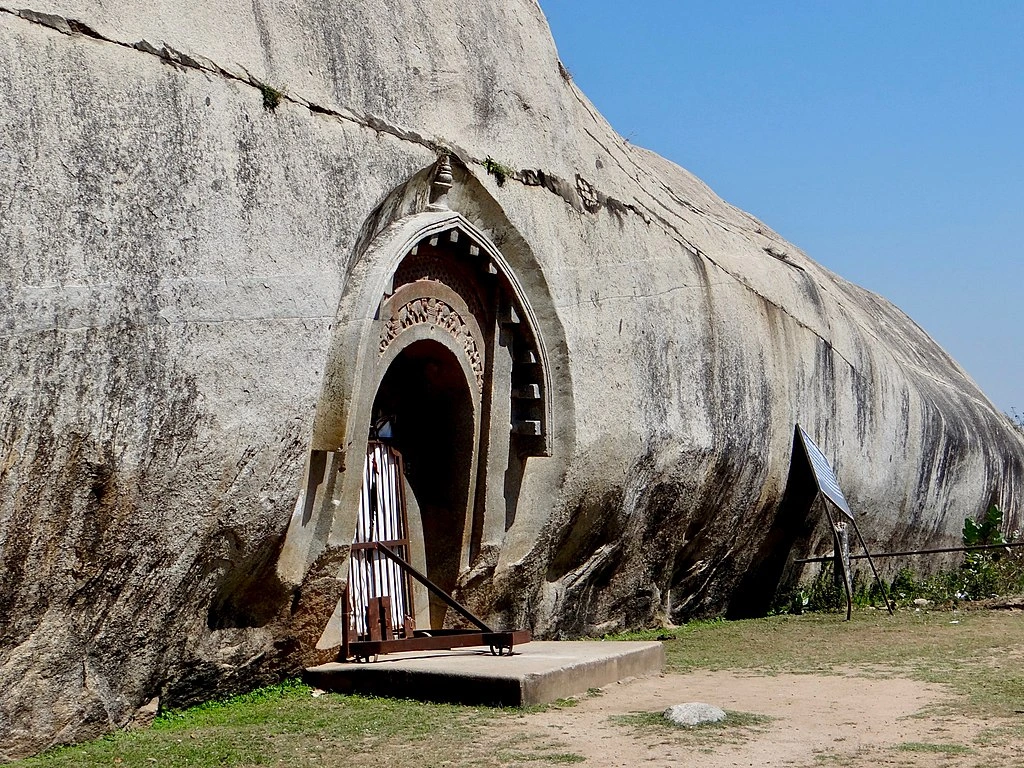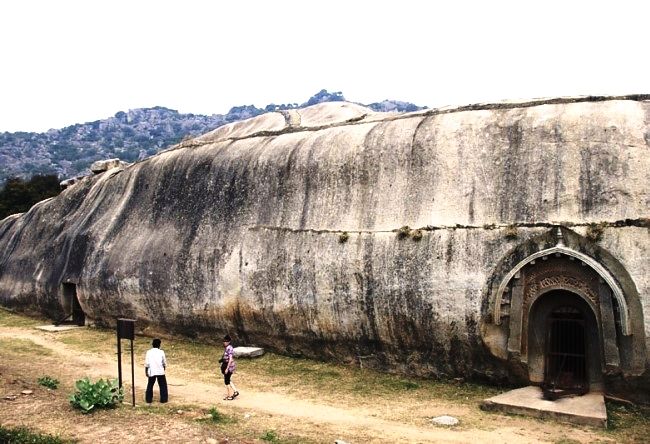The Sudama Cave, located in the Barabar Hill complex of Bihar and dedicated by Emperor Ashoka in 261 BC, is a remarkable example of ancient India’s ingenuity in both architecture and acoustic engineering. As one of the earliest examples of rock-cut architecture in the Indian subcontinent, Sudama Cave stands as a testament to the skill and creativity of ancient craftsmen. Its intricate design and acoustics are not just visually captivating, but they also enhance the spiritual experience, making it a unique site that blends art, architecture, and devotion.
Table of Contents
ToggleArchitectural Marvels of Sudama Cave
Carved from solid granite, Sudama Cave is a masterpiece of rock-cut architecture. The cave’s interior is meticulously polished, with walls so smooth they reflect light, creating a mirror-like effect. This extraordinary precision in craftsmanship goes beyond aesthetics—it was designed to serve a functional purpose. The smooth, flat surfaces of the cave amplify sound, creating an echo effect that resonates powerfully throughout the space. This amplification of sound would have been particularly beneficial during religious rituals, where the recitation of mantras, prayers, or hymns would have been greatly enhanced by the acoustics, elevating the overall spiritual experience for the monks and visitors.

The Role of Sudama Cave in Asceticism and Spiritual Practice
Sudama Cave, like the other caves in the Barabar Hill complex, was primarily used by the ascetics of the Ajivika sect, a religious movement founded by Makkhali Gosala, a contemporary of Buddha. The Ajivika sect emphasized asceticism, renunciation of worldly pleasures, and the pursuit of spiritual goals. The cave’s acoustics, which naturally amplified sound, were likely an essential feature for the monks, as the resonating effect could facilitate meditation and the chanting of sacred texts. The amplified sounds would have created an immersive environment, enhancing the focus and concentration of the ascetics during their meditative practices.

The Historical Significance of Sudama Cave
In addition to its spiritual and architectural importance, Sudama Cave also holds significant historical value. The cave is inscribed with a Brahmi script inscription, which references the name of Emperor Ashoka, calling him “Priyadarsin”—meaning “the one who brings joy.” This inscription is a direct link between the cave and the Mauryan Empire, marking Ashoka’s patronage of religious practices across various sects, including both Ajivika and Buddhism. The fact that Ashoka dedicated the cave to spiritual purposes underscores his role in supporting and fostering religious tolerance during his reign.

A Legacy of Acoustic and Architectural Excellence
The Sudama Cave is not just a physical structure but a symbol of the sophisticated engineering and spiritual dedication of ancient India. Its design and acoustics highlight the advanced understanding of sound manipulation and architectural construction in ancient times. The cave’s legacy continues to influence the tradition of rock-cut architecture in India, serving as an enduring example of how art, spirituality, and science were intertwined in the ancient world.
Today, Sudama Cave stands as a powerful reminder of the cultural and spiritual heritage of India, offering modern visitors a unique glimpse into the ancient practices of asceticism, the brilliance of rock-cut architecture, and the use of acoustics to enhance religious devotion. Through its enduring resonance, Sudama Cave continues to echo the devotion and creativity of those who built it, preserving the sacred atmosphere of the past for generations to come.

